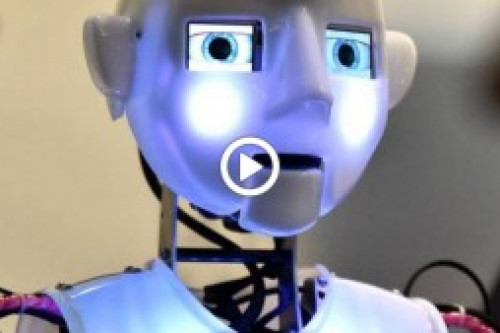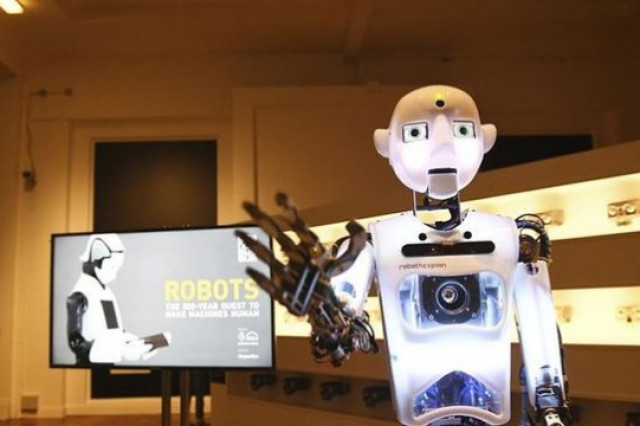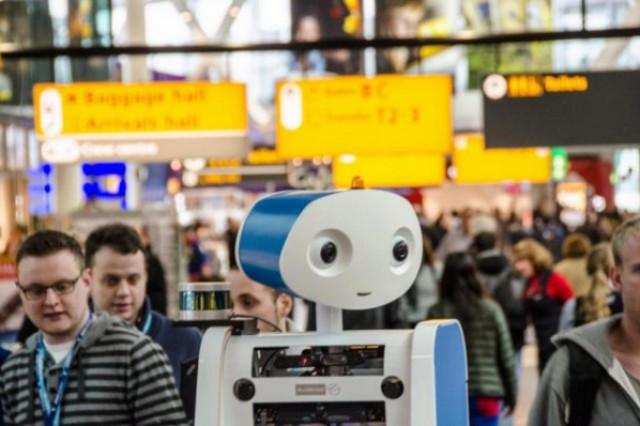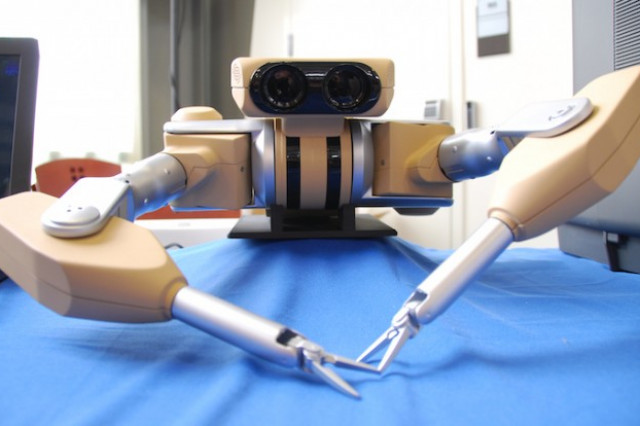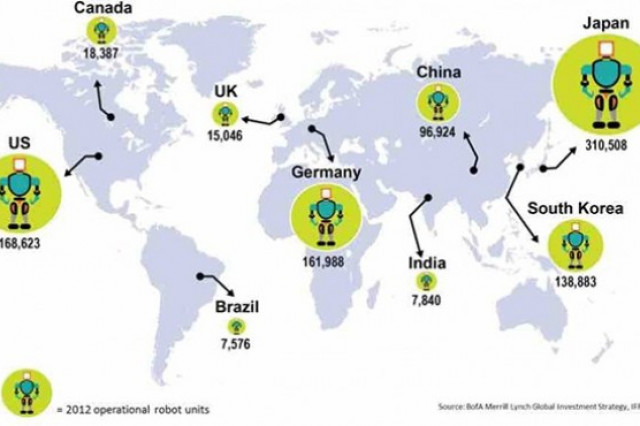
The countries with the most robots per worker are those with the lowest unemployment rates
Redacción
The Brunel effect
There is nothing new in capitalism. George Gardiner recounts how engineer Marc Brunel introduced in the British Navy a machine in the early 19th century that made it possible to manufacture rigging blocks using only ten people where the traditional manual process required employing 110 skilled people. Apparently this was the first time that all-metal machine tools was used for mass production. The cost savings were the equivalent of a year of production, although the cost of producing the machines earned Brunel three times that same saving. Although 100 jobs had been lost, 410 people had been employed to manufacture this machine. Temporary employment had grown but, once the machines had been manufactured, the use of rigging had fallen. In short, investment in capital goods had a deflationary effect by reducing the total incomes in all factors of production. This fall in incomes would be translated, due to the macroeconomic identity between income and expenditure, in a reduction of aggregate demand and therefore GDP. Gardiner calls this phenomenon "the Brunel effect".
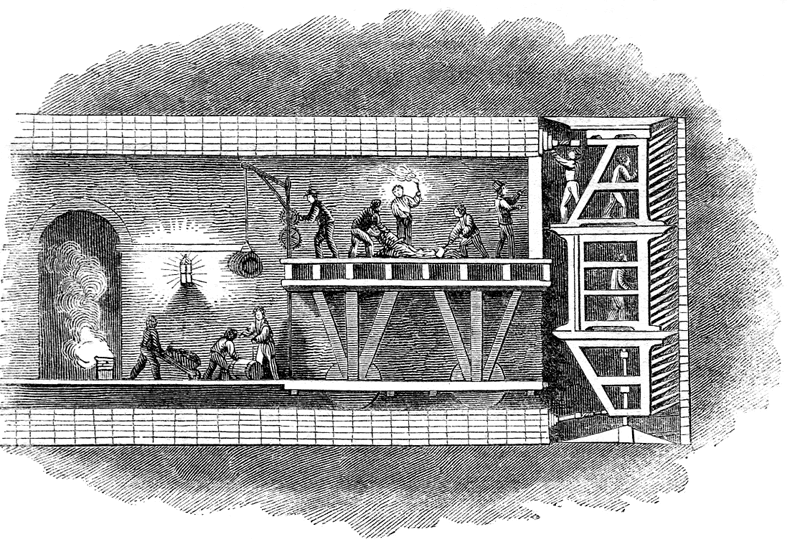
The ultimate impact of labour saving caused by technology depends on whether new purchasing power is created to reorient resources released to new activities. In the previous example, if the British government had paid for the Brunel machines by raising taxes, it would have withdrawn purchasing power from the public by diverting it to the government for an equivalent amount. If it had asked for a loan to pay for the investment, the effect would have been similar because it would have withdrawn savings, that is, unspent income, from the private sector. On the other hand, if it had financed the investment with new money, that is to say with an increase in deficit spending, there would have been an increase in the demand equivalent to the employment then destroyed by the technological investment, and the levels of production and occupation would have been maintained.
This time it is different: it is the threat of robots
Fear of the disappearance of work because of technological progress is a recurring theme. Recently Louis Anslow published a post that reviews all the occasions in which it has been announced that the machines would do away with human work. Suspiciously, these prophecies always coincided with periods of high unemployment. In 1930, the same Albert Einstein blamed the unemployment on machines. He might have won the Nobel Award for Physics, but certainly not for Economics. John Maynard Keynes also fell into this trap and blamed technology for unemployment, even coining the term "technological unemployment." Keynes wrote a celebrated essay in the 1930s in which he prophesied that "the unemployment caused by our discovery of means to economize the use of labour will run at a faster rate than we can find new uses for work" (Keynes, Economic possibilities for our grandchildren, 1930).
Anslow's article gives us more examples of how the fear of technology resurfaced decade after decade. In 1940, Karl Compton, president of MIT, challenged President Roosevelt, who saw a problem in mechanization. A US senator then proposed a tax on machines. In the 1950s, a congressional investigation was proposed on the issue of the massive loss of jobs caused by robots. President Eisenhower denied these threats and said that "those same fears had frightened people for 150 years and had always been proven unfounded".
The negative perception of automation is due to the fact that the causes of its introduction in industrial environments are not fully understood and are not necessarily explained by the need to save labour costs
The next decade saw the fear of automation and robotization thrive. An economist urged President Kennedy to convene a conference on unemployment that caused technology and automation. The media announced the end of all low-skilled jobs in ten years and Time produced an article in which they said that "the rise in unemployment has raised new alarms on an ancient word threatening: how much has automation contributed to rapid expansion from technological change to the current peak of 5,400,000 unemployed? "Labour Secretary W. Willard Wirtz warned of "droves of employment surplus "even in boom times.
In the 1970s, British Prime Minister James Callaghan used a think tank to investigate the loss of jobs caused by computer technology. In 1980, the New York Times put out an article titled "A robot is chasing your job" (Anslow, 2016). In 1995, the American economist, sociologist and thinker, Jeremy Rifkin, published a book entitled “The End of Labour”. In this work, he prophesied that, unlike other times when technological change had displaced manual workers while creating new professional opportunities, the new industrial revolution based on automation, robotics, artificial intelligence, and information technology was displacing millions of workers without creating new business opportunities in return. In the conclusions to his book, Rifkin warns ominously: "This is what we know with certainty: we enter a new period of history in which machines will replace more and more human work in the production of goods and services. Difficult to predict, we are on an irreversible path to an automated future and we will probably approach an era without workers, at least in the production of goods and services, by the beginning of the next century." (Rifkin, J. 1995).
The negative perception of automation is due in part to the fact that the reasons for its introduction in industrial environments are not fully understood and are not necessarily explained by the need to save labour costs. Robotics directly generates new jobs related to the design, manufacture, operation and maintenance of this equipment. In addition, some industries would not be viable because they require levels of precision and quality that are not feasible without the use of robots. We can mention electronics - computers, mobile phones - or renewable energy - photovoltaic cells - as paradigmatic examples.
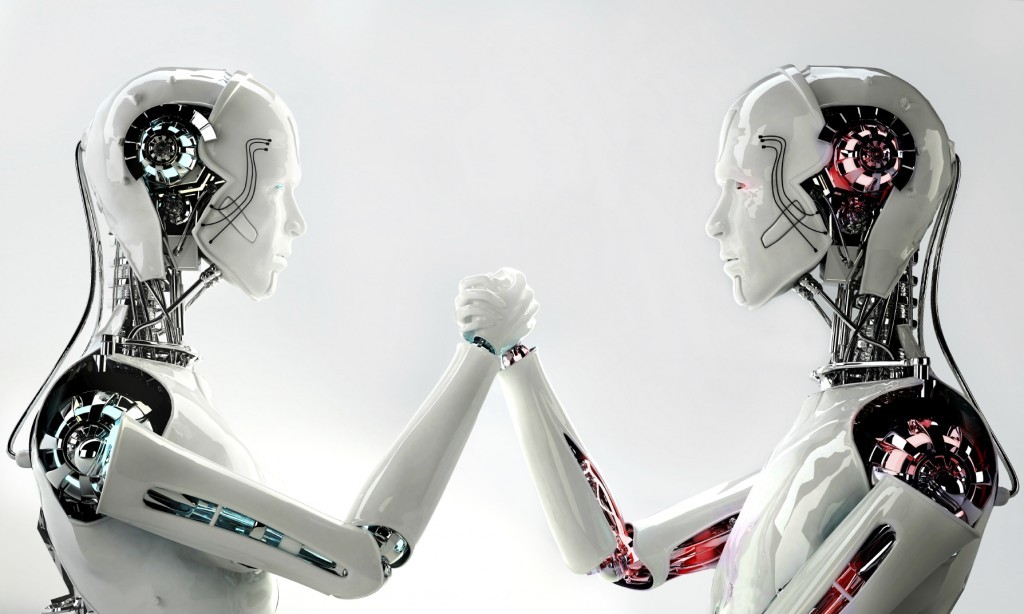
On the other hand, mechanization and robotics suppress heavy, repetitive jobs or those that generate stress and injury to workers. Sometimes working conditions can be so painful or dangerous that it would be illegal for a person to do them. The most robotized industry is without doubt the automobile industry. In it the tasks of welding and painting are carried out by robotic machines. On the other hand, increasing productivity requires the development of new jobs to create new opportunities in the services, logistics and distribution sectors. Of course, one of the factors driving the entry of robots is relative labour costs. If Chinese wages are much cheaper than those in Germany or Japan, robotization is a way to keep open plants that would otherwise have to be closed.
It is important to understand that robotics need not have a net negative effect on employment. Although a report produced for the International Federation of Robotics (IFR) estimated that six countries studied (USA, Germany, Japan, Korea, Brazil and China) 9 to 12 million new jobs were created thanks to robotics between 2000 and 2016 (Gorle & Clive, 2013).
However, the high unemployment rates in Europe would seem to confirm the end of employment predicted by Rifkin. In Spain, unemployment rates have reached appalling levels and throughout the Euro area rates are at a historic high. Is it true this time that the robotic wolf is coming? It seems to me an easy hypothesis to refute. If it were true that the investment in robots was destroying jobs, we would observe this phenomenon with greater intensity in countries with greater investment in this type of capital goods. However, it is precisely in the more robotized countries where unemployment rates are lower.
The following graph relates the unemployment rate to robotic density (installed robots per 10,000 employees in the industry) and instead it shows an inverse relationship between robotization and unemployment. Highly robotized countries such as Japan, South Korea and Germany maintain relatively low unemployment rates. In less robotized Spain, on the other hand, the unemployment rate is obscenely high.
The Global Financial Crisis caused an intense rise in unemployment in all OECD countries. However most of the economies in that club have recovered to levels similar or inferior to those of the beginning of the crisis. In Japan, the unemployment rate is currently 3.38%, in South Korea 3.64% and in the US, 5.29% after reaching a peak of 9.62% in 2010. Only the countries of the Eurozone maintain rates of unemployment of more than 10% and within it are world unemployment champions such as Spain, Greece and Italy. If highly-industrialized and densely-robotized nations have managed to recover pre-crisis levels of employment, then clearly the root of unemployment must be sought in cyclic causes, not in technology.
The ultimate impact of labour saving caused by technology depends on whether new purchasing power is created to reorient resources released to new activities
Automation enables us to free labour from routine or heavy tasks that can be relocated to more enjoyable tasks. But liberating workers can be a problem in a country where new job opportunities are not being created. The necessary condition, as in the example of Gardiner, is that there is funding to start up these new activities. This is not the case in Eurozone countries where the development of currency by states is restricted by the treaties of the European Union and the increase in credit supply depends only on the expectations of the banking business.
Statistics suggest rather that the Spanish case is an aberration within a geographical area that behaves as an anomaly. Statistical data on our economy shows a very high correlation between the fall in investment and employment between 2007 and 2013. The decline in confidence in various private sectors also correlates with an increase in the unemployment rate, particularly in construction. Finally, the growth of credit to households and companies shows a slowdown in the first quarter of 2007 -coinciding with the onset of the crisis and the first job losses- and even becomes negative at the end of 2011, a high point of unemployment.
So the cause of unemployment was not technology but an insufficient aggregate demand motivated by the end of the housing bubble that had been financed by banks. Timely action by the state that had created new money at the onset of the crisis with deficit spending would have halted the haemorrhage of paid employment. EU policies have created a very serious problem, but everyone is being misled by opportunistic explanations.
In obscurity, the Left have fallen into the trap of attributing unemployment to globalisation and to technology. Faced with a problem that the institutional design of the Euro has created, instead of seeking an appropriate response by demanding the abolition of irrational Maastricht criteria and opposing fiscal consolidation plans, much of the Left is resigned to a problem whose solution they cannot see. It is then when the distribution of labour is postulated -as if it were a scarce commodity to be rationed- or a lean basic income is proposed so that the excluded do not protest.


